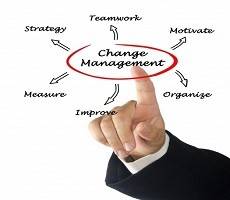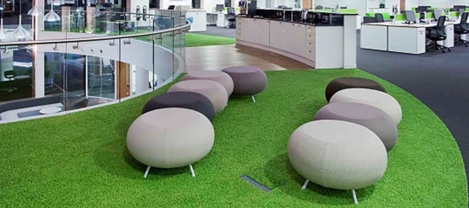December 4, 2015
Zero-hours contract employees happy as permanent, full-time staff 0
 People working on zero-hours contracts have less pressure and a better work-life balance than full time employees, a survey published by the CIPD claims. Zero-hours employees experience similar levels of job satisfaction and personal wellbeing to employees on permanent, full-time contracts and also report comparable satisfaction levels in their relationships with managers and colleagues. However, the report also shows that, while the majority of zero-hours employees choose to work part-time, they are more likely than part-time employees to say they would like to work additional hours. The research also updates the CIPD estimate of the number of employees on zero-hours contracts, which has increased from 1 million in 2013 to 1.3 million in 2015. The proportion of zero-hours contract employees who are either very satisfied or satisfied with their jobs is 65 percent, compared to 63 percent for all employees.
People working on zero-hours contracts have less pressure and a better work-life balance than full time employees, a survey published by the CIPD claims. Zero-hours employees experience similar levels of job satisfaction and personal wellbeing to employees on permanent, full-time contracts and also report comparable satisfaction levels in their relationships with managers and colleagues. However, the report also shows that, while the majority of zero-hours employees choose to work part-time, they are more likely than part-time employees to say they would like to work additional hours. The research also updates the CIPD estimate of the number of employees on zero-hours contracts, which has increased from 1 million in 2013 to 1.3 million in 2015. The proportion of zero-hours contract employees who are either very satisfied or satisfied with their jobs is 65 percent, compared to 63 percent for all employees.













 This week the UK’s Health Secretary found himself at the centre of a storm because of
This week the UK’s Health Secretary found himself at the centre of a storm because of 


 I was involved in a meeting with an office fit-out company this week which involved a discussion of how their clients can develop misconceptions about the extent to which their contemporaries are introducing new office design and management models based on agile working, shared space, mobile technology and all that other good stuff. This presents a particular challenge for firms in the sector because their day to day experiences of what clients talk about and ask from them can be pretty removed from the things talked about in the media. If you were to judge the state of the office solely on the basis of what you read and hear and see at shows, it would be easy to conclude that the office is indeed dying and dragging down with it the markets for office furniture, commercial property and traditional technology. The problem is that the facts don’t support that notion at all.
I was involved in a meeting with an office fit-out company this week which involved a discussion of how their clients can develop misconceptions about the extent to which their contemporaries are introducing new office design and management models based on agile working, shared space, mobile technology and all that other good stuff. This presents a particular challenge for firms in the sector because their day to day experiences of what clients talk about and ask from them can be pretty removed from the things talked about in the media. If you were to judge the state of the office solely on the basis of what you read and hear and see at shows, it would be easy to conclude that the office is indeed dying and dragging down with it the markets for office furniture, commercial property and traditional technology. The problem is that the facts don’t support that notion at all.














November 25, 2015
This might be the reason why firms are failing to fully engage their employees 0
by Matias Rodsevich • Comment, Knowledge, Technology, Workplace
(more…)